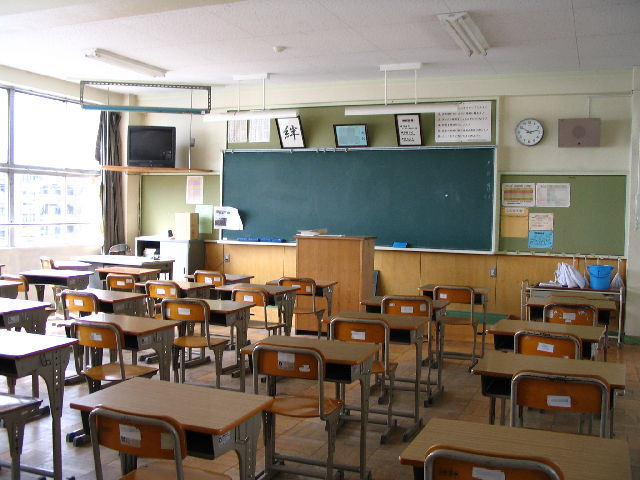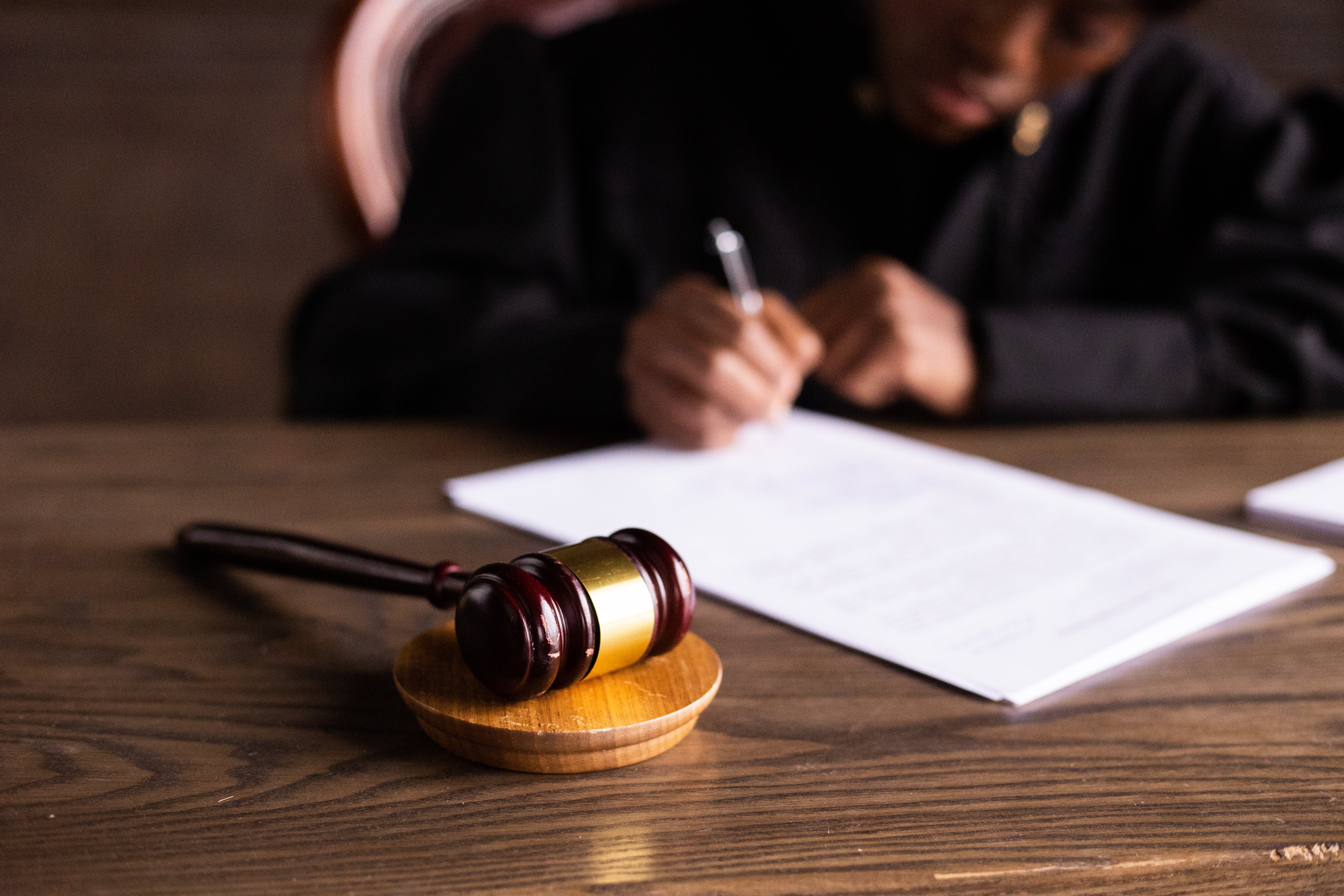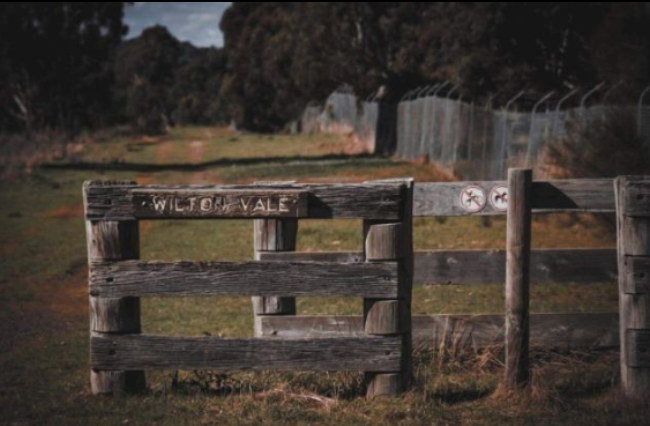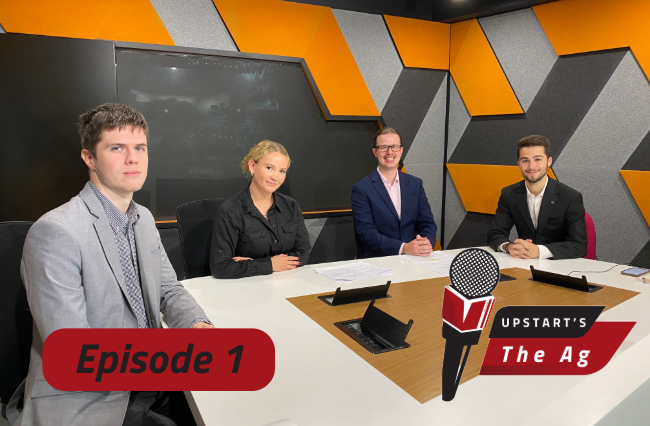An Australian study, released late last year, showed that Australian schools are falling behind other countries in math and science.
The 2015 Trends in International Mathematics and Science Study (TIMSS) report assesses the achievements made by year four and year eight students over a four-year period. It shows that since 1995, Australian education has stagnated.
But does the study paint the full picture of where Australia ranks in comparison to other nations? Misty Adoniou, an Associate Professor in Language and Literacy at the University of Canberra, doesn’t believe so.
“Among the many possible reasons for Australia’s stagnation in math and science as measured by international tests, there is one that receives little attention,” Adoniou tells upstart.
“In order to achieve well on PISA’s tests of maths and science, you have to be able to read well,” she says.
The Program for International Student Assessment (PISA) is an exam taken by 15 year olds in 72 countries over three years. It creates a global ranking of students in science, mathematics, and reading. In 2015, Australia ranked 14th for science, 25th for math and 16th for reading.
Between 1995 and 2015, high-performing countries such as Singapore, Korea, Hong Kong, Chinese Taipei and Japan all made clear improvements, according to the TIMSS report.
Some of the countries – Canada, England, Ireland, Northern Ireland and the US – that Australia outperformed in the past, have surpassed Australia.
“The science test is not a test of science knowledge – it doesn’t require students to solve chemical equations or cite the periodic table,” Adoniou says.
“It asks them to read passages of text on a scientific subject, along with some charts and tables and to evaluate the information.
“It is more a reading comprehension test than a science test that any of us would remember from school,” she says.
The latest international United Nations Children’s Fund (UNICEF) report ranks Australia 39 out of 41 high and middle-income countries.
To put it in perspective, the PISA report shows that 81.4 per cent of 15-year-old Finnish students are achieving at least the minimum standard in maths science and reading – the three crucially studied areas. In comparison, 71.7 per cent of Australian students are achieving the minimum standard.
Finland was ranked the number 1 country in the world for quality education.
Back home, the 2017 NAPLAN – which tests kids for literacy and numeracy – results confirm that our standards are slipping.
16.5 per cent of year nine students across the country were below standard in basic writing in the test. In 2011, this same group of students were in year three, only 2.8 per cent of them were below standard.
Even the higher performing students’ results have decreased over that time period. 15.7 per cent of year three students in 2011 were performing above the benchmark at that level, however when they were assessed in year 9, only 4.8 per cent are above the minimum benchmark.
While Adoniou confirmed that Australia’s education is in an alarming position, the importance of school tests and teachers in the classroom cannot be undersold. She believes there should be heavy investment by the government in assessment and teacher training.
“Of course, the government is concerned about these slides in performance,” Adoniou says.
“I think we should be concerned, but unfortunately the government’s response has been to focus on ‘back to basics’, and an unhelpful obsession with how we teach reading in Kindergarten.
“Assessment is important, it is the lynchpin in the teaching process. It tells you what you need to focus your teaching on.
“But if all you are doing is weighing the pig and never feeding it, then it never gets any fatter,” she says.
Joe Capuana, a teacher at St Monica’s College in Melbourne, shared similar thoughts with Adoniou, but also believes that the declining standards seen in test results shines the spotlight on teacher performance.
“There is always pressure to bring up the level of education. Teacher performance has become a reality, though it is a shame if [a teacher’s] performance is judged solely on results,” Capuana tells upstart.
Considerable investment from the Australian government has also failed to improve Australia’s international education ranking.
“The best investment a government could make in education would be to invest in its teachers. To value them, to nurture them, to build upon their experiences and expertise by providing them with continued professional learning throughout their careers,” Adoniou says.
Capuana agrees, while also suggesting there are other things affecting the level of education other than poor test results, which are out of teachers’ hands.
“I’m of the belief that reading books, handwriting, outdoor and social activities are essential for a well-rounded education,” he says.
“Learning begins at home and it is important that learning becomes a part of a child’s lifestyle. This will set a strong foundation for the child in later years.”
Before the sole blame gets poured on a teacher, Capuana believes “students come with various backgrounds”, and the extra work of having to cater for specific student needs should be considered when judging the “effectiveness” of a classroom teacher.
Education needs a long-term strategy. What is Australia’s?

Jarryd is a third-year Bachelor of Media and Communication (Sport Journalism) student. You can follow him on twitter here @j96barca







